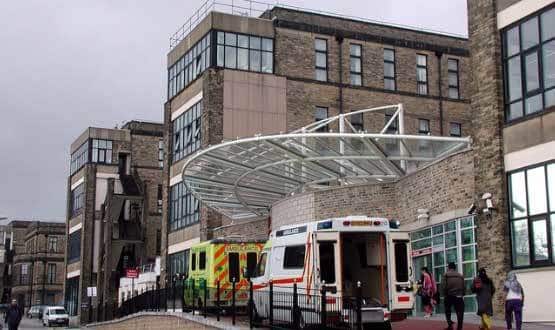Bradford adds 1.7m cardiology images to VNA
- 17 May 2016

Bradford Teaching Hospitals NHS Foundation Trust has completed the migration of 1.7 million cardiology images from a GE Healthcare archive to a Bridgehead vendor neutral archive; the second stage of a plan to migrate all of its imaging data to a single store.
The trust completed the first stage of the project last year, migrating 126 million radiology images from an Accenture data store, where they had been held under the terms of a National Programme for IT digital imaging contract.
When the contract ran out, Bradford opted for a short-term, tactical extension to retain its Agfa picture archiving and communications system, originally supplied by Accenture, but decided to move the images to the VNA.
It has now undertaken the second stage of the project, making the VNA, HealthStore, the active store for cardiology images. Because it uses open standards, one of the benefits is that this means images are available to any clinician who needs to access it.
The archive is spread across two data centres, and all data is mirrored, so images are recoverable in the event of an outage or disaster.
Cindy Fedell, director of IT and informatics, said that moving the cardiology images had been more “labour-intensive” than moving the radiology images.
“When we migrated the PACS images from the central data store, it was an automated system, so it moved electronically from one system to another.
“When we did the cardiology images, the cardiology system, which is primarily a diagnostic system, didn't have that ability for auto-transfer. So it was a lot of manual intervention to move those images over.”
Bradford is now looking at image stores for other “ologies”, such as ophthalmology, and working out what to migrate next.
Fedell said: “The intent is to store all our images in one place.” Some of the older diagnostic equipment isn’t currently compatible with the VNA, she said, so it won’t be possible to carry out the migration until it’s replaced by newer, interoperable equipment.
The introduction of the VNA has already made a difference to clinicians, providing them with “easy access to images”, said Fedell.
She added: “There have been times when we've needed access and thought, ‘How are we going to get our hands on that? Oh, good, we stored it in the VNA, and now we have it.’”
Bradford is also implementing an electronic patient record system from Cerner, which Fedell said would be integrated with the VNA, so that clinicians would be able to access images from within a patient record, perhaps through a hyperlink.
Fedell said that she saw Bradford’s implementation of a VNA as part of a general trend towards opening up access to images: “In ten years' time, I would suspect, everybody is probably moving towards seeing everybody's images, no matter what the image is or where it is. That's the ultimate – to not have to repeat people's diagnostic tests, and have the right information, wherever you are.”





